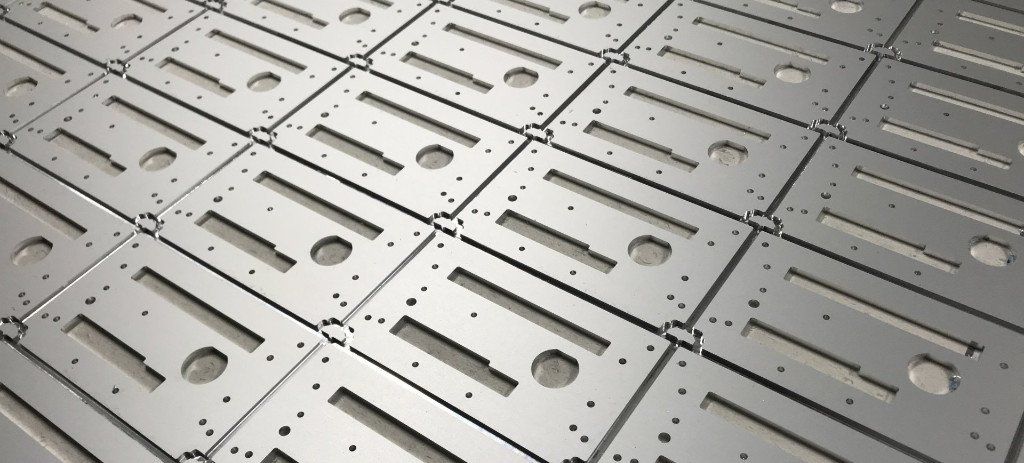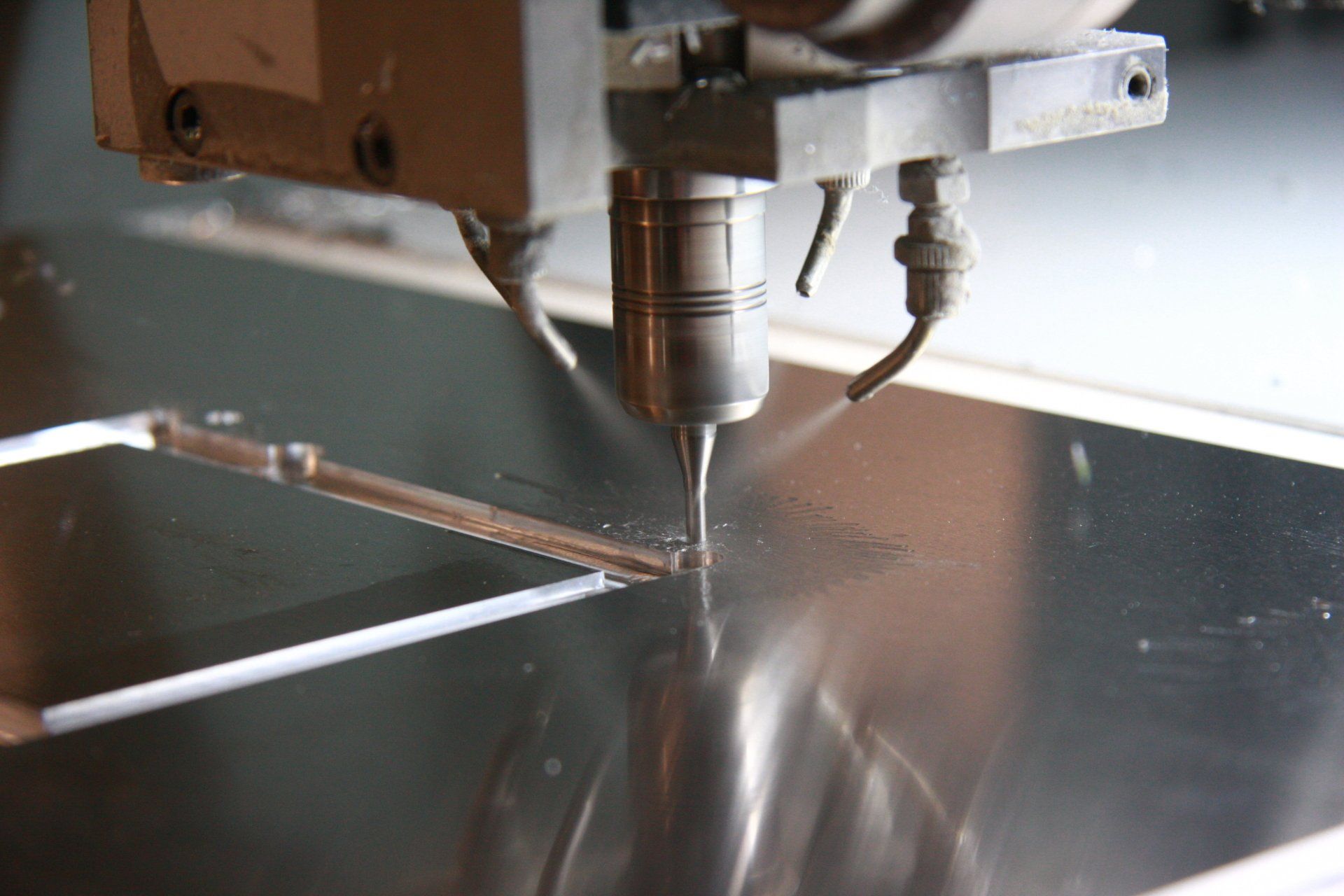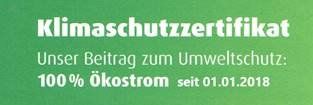The CNC machining
Shape semi-finished products.
In CNC (Computerised Numerical Control) machining, there are two main types of machining. If the tool is fixed and the workpiece moves, this is referred to as turning. The workpiece thus moves in rotation and the tool in translation in order to move to the machining location. If the workpiece is fixed and the tool moves, this is referred to as milling. So the difference is in the energy input.
Since the workpiece is accelerated during rotation in order to apply the energy for processing, only rrotationally symmetrical parts are machined or rotationally symmetrical geometries are generated. The basic mechanical structure of lathes is a little less complex compared to milling machines and the material removal is higher, which is why they are both cheaper to buy and work more cost-effectively, but can only achieve limited machining interventions. Depending on the complexity of the geometry to be manufactured, different degrees of freedom of movement are required. To do this, an Fmilling machines can be equipped with three, four or five axes. While normal geometries can be manufactured with a 3-axis milling machine, complex structures can also be realized with a 5-axis milling machine.
Since we have to be more diverse and flexible in our production process and only rarely produce rotationally symmetrical geometries, we use milling machines in production.
Work steps and functionality of CNC machining
Before the actual machining of the workpiece to be machined can begin, precautions must be taken on the CNC machine itself and the semi-finished product must be brought into a workable condition. In the following, the three essential preparation steps and the manufacturing process itself are described and explained.
1. Programming the CNC machine
Before production can even begin, the necessary work steps must be defined and described in a language that the CNC machine can understand. There are NC programs for that. In this machining program, the machine is made to understand the technical drawing. You therefore specify which bore, which thread, which chamfer, etc. should be milled where. Such programs can be generated directly on the machine using the machine's own control or using CAM software (Computer Aided Manufacturing). The framework of the program can also be created and exported from the drawing in the CAD program. However, complete automation without individual adaptation to the machine's conditions is not yet possible. A clean and complete technical drawing is always the basis for efficient programming.
2. Preparation of semi-finished products
If the workpieces are not already available in a size that can be processed, but have been delivered as bar material, for example, the semi-finished products must first be cut into pieces suitable for processing and, if necessary, deburred. Various preparatory cutting processes can be used to prepare the semi-finished products, eg sawing, laser or water jet cutting.With us, this work is carried out by a metal circular saw and, if necessary, a tumbling machine to remove chips or sharp edges from the semi-finished products that have been cut to length.
3. Setting up the CNCmachine
In this step, the CNC machine is prepared for processing a semi-finished product. Before this is clamped in the clamping jaws, the milling tools are checked for completeness and measuring accuracy and, if necessary, measured again or replaced if the cutting edge of the tool is no longer sufficiently sharp. Conventional clamping jaws or a vacuum plate are available for clamping. When selecting the clamping, the geometry of the workpiece to be manufactured and the machining forces are taken into account. The sequence of the work steps is also relevant if, for example, the surface on which the workpiece is clamped in the first work step is also to be machined. Set-up can be a significant cost driver in CNC production due to the sometimes high level of technical and organizational effort.
4. Manufacturing
Now the actual production of the workpiece can begin. The production time consists of the main and non-productive time. The main time sums up all times of the actual processing of the workpiece, the secondary time sums up all times that do not add value but are necessary, eg changing tools for a subsequent processing step. The main time is significantly influenced by the realized material removal rate. This parameter is generally defined by the feed and the cutting depth of the tool and describes the chip removal over time, i.e. the productivity of a CNC machine.
More background knowledge
At our company Schmid Frontplatten you get front panels, milled parts or entire assemblies from a single source. We have continuously deepened our competence in these areas through decades of experience and refined our technology. Our modern machine park allows us to combine our manual skills with high-precision processing methods and thus to manufacture innovative products and achieve high-quality results. All manufacturing processes are carried out in our workshop, from raw material and metal processing to anodizing to surface finishing and printing.We work for customers from Germany as well as from an international environment.







